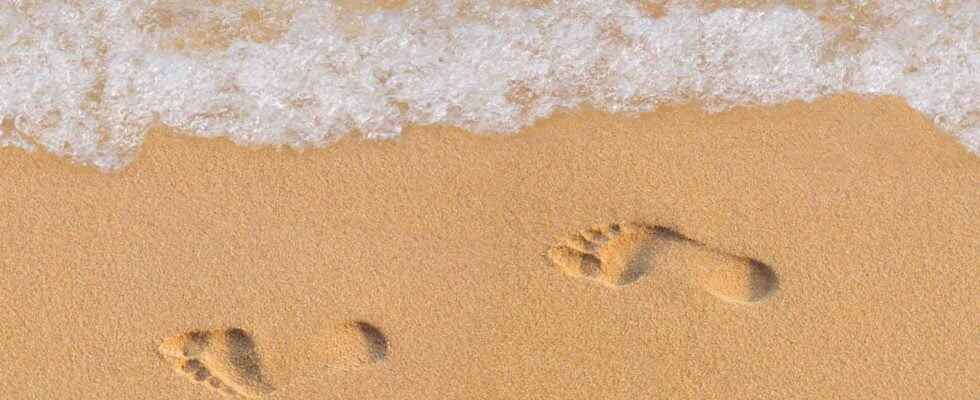Prehistoric footsteps in Tanzania have been traced to a bear decades ago. Their comparison with fingerprints of current species now reveals that they were made by an as yet unidentified hominin!
You will also be interested
[EN VIDÉO] Do you know these myths about prehistory? Antoine Balzeau, paleontologist at the National Museum of Natural History, regularly works on the exercise of popularization. Dissemination of knowledge to the general public. Author of the book “33 received ideas on Prehistory”, he unveiled some of them in Futura.
When did representatives of the human line begin to move while standing? The adoption of an erect posture is one of the events that characterizes the trajectory taken by the human line during its evolution. Analysis of the morphology bone remains allows anthropologists to suppose that some species could adopt, even partially, bipedalism. These indices are for example the position of the occipital hole in the center of the skull or even a wide and low basin. However, these clues pointing to a bipedal gait only allow us to suppose the existence of such behavior. The discovery offingerprints On the other hand, prehistoric footsteps allow us to determine with certainty when the first members of the human line walked upright. The oldest such footprints were discovered in 1978 in Laetoli, Tanzania, and have been dated to3.66 million years ago. They have been attributed to the species Australopithecus afarensis whose best-known specimen is Lucy.
Another set of footprints was also discovered near these in 1976, at a site called site A. It had been attributed to a hominine but had disturbing similarities to those of a bear and for this reason it was not considered to be of major importance by anthropologists. These imprints crossed each other in particular along the walking axis, which is not observed during a bipedal gait and their internal morphology had never before been observed because these imprints had not been “cleaned. “. Since the last analyzes of these fingerprints date back more than four decades, a research team has re-examined them with modern techniques and has published its results in the journal Nature.
Several hominin species on the same site
The authors of the study began by removing the matrix that had deposited in the impression in order to reveal the fingerprints. In order to determine which animal made these prints, the research team compared them with prints fromblack bears, chimpanzees (with bipedal and quadrupedal behaviors) and humans (with and without shoes and on different substrates). She also observed the behavior of brown bears and reported that in more than 50 hours of video, only one had adopted an unassisted bipedal walk lasting four steps.
Site A imprints were unlikely to have been taken by an Ursidae
The authors therefore deduced that it was unlikely that the footprints at site A were made by an Ursidae, especially since among the 25,000 fossils animals found nearby, none came from an ursid. Comparison of the footprints allowed the authors to suggest that the ones at Site A were taken by an individual taking small steps, as would a human walking slowly or on a slippery surface.
The heel imprint is also larger than that of bears and chimpanzees, and no claw marks were found. The “crossed” impressions on site A could thus be made by a hominin trying to regain its equilibrium. However, these footprints from site A differ from those fromA. afarensis found nearby, allowing the authors to suggest that several hominin species coexisted at Laetoli.
Interested in what you just read?
.
fs11
